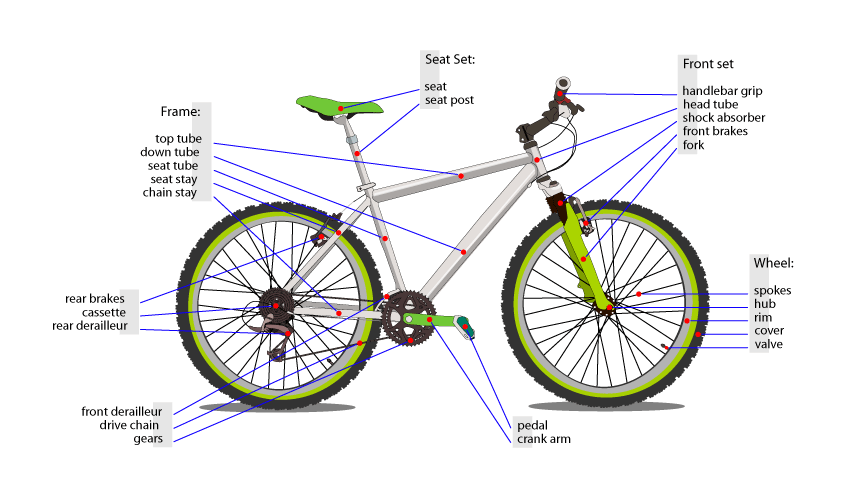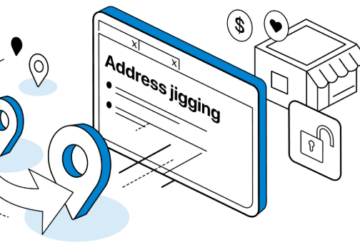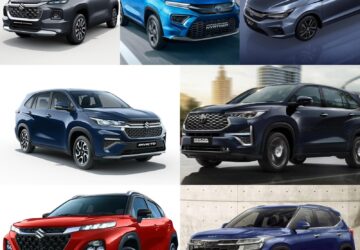An electric bike may provide many of the advantages of a traditional bike, with motorized power available when you need it, whether you’re ditching the vehicle on your commute to work or want an easier ride to the top of trails. Since the technology for electric bikes like engwe-bikes.au has improved rapidly in recent years, you can now buy just about any form of the motorized bike, including e-road bikes, e-MTBs, e-hybrids, and e-gravel cycles.
What Is An Electric Bike?
Similar to a regular bicycle, an electric bike includes two wheels, a seat, and pedals, but it is additionally propelled by a motor, battery, and/or throttle. The affordability of an electric bike makes it an effective substitute for driving, e-bikes have gained popularity in cities with significant populations. Electric bikes are a quick and convenient way to get to the store or commute to work, even for those who live in more remote locations.
Pedal-assist, commonly known as “pedelec bikes,” is a feature of a basic electric bicycle. The motor starts up as you press the pedals, propelling you forward. E-bikes have a top speed of 15-20 MPH. E-bikes are divided into multiple classes based on how quickly they go, and each class is subject to federal or local regulation. The most common e-bikes in the US are Class 1 or Class 2 e-bikes, which cannot go faster than 20 MPH.
You may find many best ebike for hills online if you have made your mind to purchase one. For a premium and quality option, consider checking out electric models from Bluejay Bikes, a brand known for their top-notch quality and customer-friendly electric bicycles.
How Do Electric Bikes Work?
Each pedal stroke is assisted by the electric motor, which reduces the overall effort needed by the rider to lift off the ground and accelerate. The bike does not automatically pedal.
E-scooters and electric cars may be moved by pressing switches or accelerators; no physical effort is needed. You receive what you put into riding an electric bike—or maybe more!—because the work is divided between the user and the machine.
A sensor on the bike detects pedal rotation, and brushless motors start to power the wheels or hub. Crank drive and direct drive motors are typically the two types of motors found on an e-bike (hub).
How To Operate An Electric Bike?
Choose a “support mode” and locate your control unit, which is often located on the handlebars or top tube of the e-bike. Support settings vary from Eco (low) to Power (high), and frequently include a Smart Assist mode that chooses the appropriate support setting for your ride automatically. The motor will offer less help the lower the support mode is set to. The motor will offer greater help the higher the support mode. The support option you select will depend on the terrain, the level of effort you want to exert, and the speed you want to move at.
Power Generation Via The E-Bike Motor
Six sensors on your e-bike gather data from you, the rider and the terrain in real-time to produce a fluid riding experience that feels much like a traditional bike with a lot more “oomph.” Your e-bike delivers smooth and seamless power support that varies based on this data.
When you start pedaling and switch to the support mode on the control unit, the system gives you the power help you need while preserving battery life when you don’t. The motor’s support mode setting instructs it how much power assistance to offer, how hard to work, and how much battery power it will require. The motor uses more energy from the battery as the support mode is raised.
Battery
The battery indicates how long you can rely on your bike’s motor before its battery runs out. About one-third of the value of your bicycle depends on the quality of your battery, so it’s important to think about how often you’ll use it and how long it will last between charges.
On a single charge, the battery should typically provide travel distances of 25 to 70 kilometers. This can change according to how much power you’re utilizing and whether your pedaling habits allow you to effectively control your battery life.
Fortunately, charging an electric bike is the same as charging your phone; a brief 3-hour plug-in to your wall socket will do the work.
The Bottom Line
You’re prepared to ride an electric bike now that you understand how they operate. Your highest priorities should be security, toughness, and effectiveness. To get the most out of your investment, make sure the bike has high-quality brakes, a durable battery, and an effective power system. Of course, while you’re out on the road, always wear a helmet. An e-bike has a lot of power and can quickly get you to your destination.








